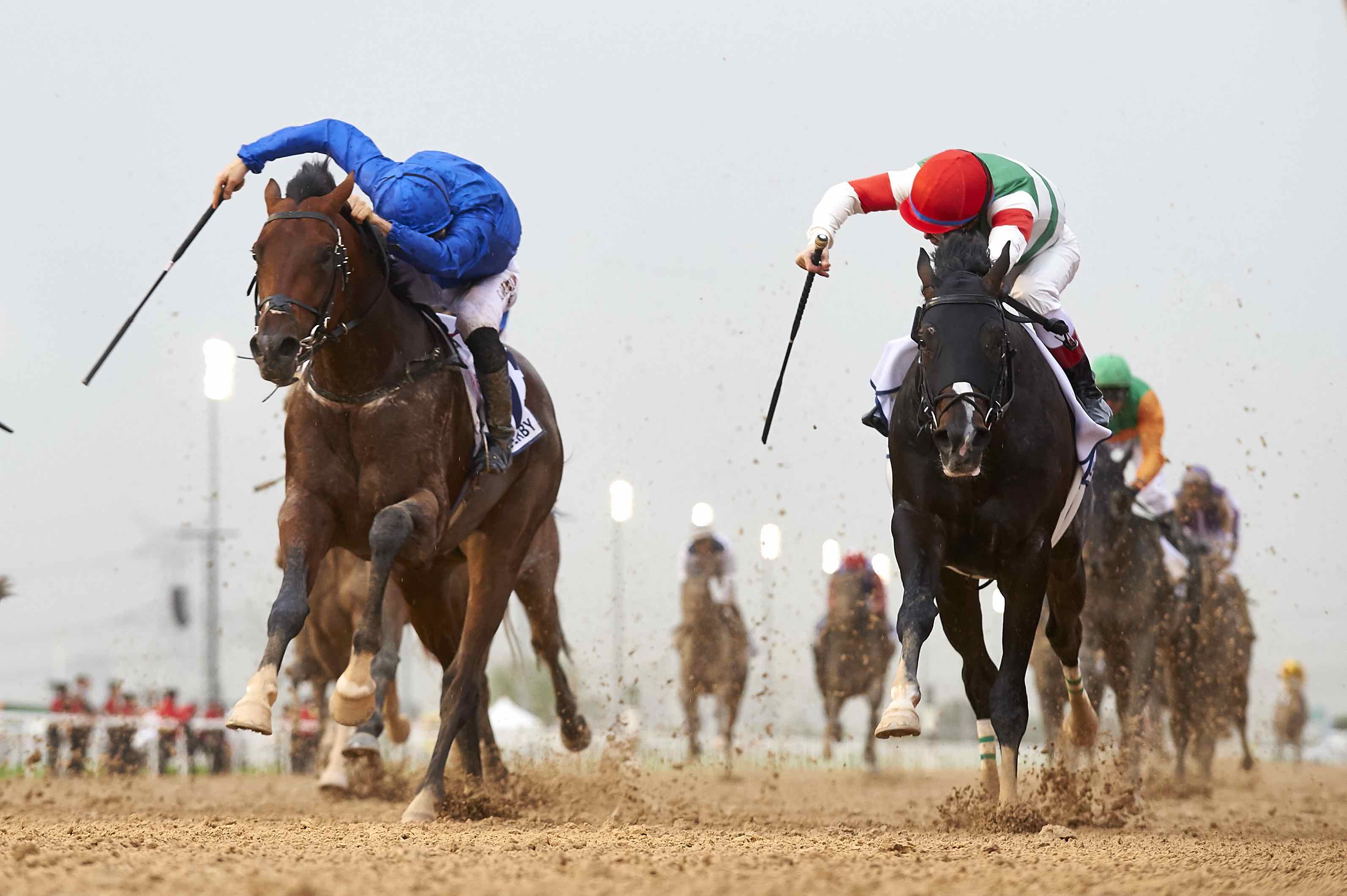VR is changing how football players train. In fact, this technology is making them better in many ways. It helps improve skills, prevents injuries, brings teams together, and finds new talent. As VR gets better, its impact on football will only grow, making the game even better. Using VR isn’t just about being trendy. It’s about making football players the best they can be and making the game even more exciting. And if you’re interested in this topic, take a break from playing at Vave Casino UK and continue reading.
Enhancing Cognitive Skills
In football, thinking smart is as important as being strong. You’re not just focusing on running fast or kicking hard. You also have to make quick decisions, know what’s happening around you, and understand the game plan. These mental skills set apart good players from great ones. They help players predict what the other team might do, adjust to different situations, and make smart moves during the game. Before, improving these thinking skills needed lots of time on the field, which was tiring. But now, thanks to VR, footballers can boost their mental abilities in an interactive way. VR training puts players in lifelike game situations without the need for physical practice. They face real challenges, like passing choices or reacting to opponents, just like in real matches. VR training offers immediate feedback and analysis. Players can see how they did after each practice, spot what they need to work on and get better at making decisions. This helps them improve quickly and become better football players. Not only that, but VR training provides a safe space for players to try out various strategies and tactics. And the best part is that they can do all this without worrying about messing up during real games. It lets them practice different scenarios, like set-pieces or counter-attacks. This way, they can learn new skills and tactics, and as a result, they become smarter players.
Precision Practice
Mastering basic skills is necessary for success in football. VR training is changing the game by allowing players to refine their abilities with extreme precision. This technology provides a platform for athletes to play in simulated game scenarios. Here, they can engage in repetitive practice of specific movements crucial to their position on the field. Whether it’s perfecting the arc of a pass, the accuracy of a shot, or the timing of a tackle, players can fine-tune their techniques. This kind of training stands out because it gives players instant feedback on how they’re doing. As they move through virtual worlds, they see right away how they’re doing, so they can fix things and get better quickly. This back-and-forth helps them improve fast and reach their full potential. Additionally, VR training reduces risks linked to traditional methods. In physical sessions, fatigue or injury can limit drills. VR lets athletes train intensely without worry, boosting efficiency and minimizing setbacks.
Injury Rehabilitation and Prevention
Injuries are a big problem for football players, affecting how well they play and sometimes keeping them out for a long time. But now, with VR technology, things are changing. VR is helping players recover from injuries faster and stop them from getting hurt in the first place. VR offers personalized rehabilitation for injured athletes. Therapists use virtual environments to tailor therapy sessions. This speeds up recovery for various injuries like sprains or torn ligaments. VR helps prevent injuries by letting players train in virtual games without physical contact. They can practice moves and tackles in these virtual environments. As a result, it reduces the risk of getting hurt during training and matches. This keeps players safer and decreases the chance of long-term injuries from repetitive strain. Using VR for injury rehab and prevention helps teams keep players healthy and perform better. As VR advances, it could transform sports medicine, ensuring players stay injury-free and play longer.
Team Cohesion
Teamwork is important in football. Players need to communicate and work together seamlessly. VR simulations are helping teams improve these skills. These trainings put players in realistic game situations, helping them practice working together as a team. They can make quick decisions and coordinate movements in a controlled environment. In these immersive simulations, players can talk to each other like they’re on the field. They can ask for the ball, talk strategy, or cheer each other on. VR makes teamwork feel real and promotes teamwork. Players work together to solve problems and plan strategies. This helps teams bond and understand each other’s roles better, leading to unity and common goals. VR training fosters teamwork not only in the virtual world but also on the field. Players learn each other’s strengths and weaknesses. This makes them better at supporting each other during real matches.
Scouting and Talent Identification
In football scouting, finding great players who can succeed at the top level is always a challenge. Traditionally, scouts would go to games, watch players, and judge them based on what they see. VR is changing how coaches and scouts find talented players. It helps them discover hidden gems and identify promising talent faster and better than ever. VR simulations provide a safe space for coaches to study how players perform in different game situations. Coaches can closely examine things like decision-making, awareness, and adaptability. This helps them understand a player’s skills better. On top of that, VR tech helps coaches gather detailed data instantly, showing how well players perform. They can see things like passing accuracy and reaction times, giving a clearer picture of players’ skills and where they can get better. Using data-driven methods, teams can scout more effectively. They can avoid missed opportunities and wrong investments. With VR, scouts can find hidden talent. These simulations provide equal opportunities for talent assessment, regardless of location or resources. Players from remote areas or underserved communities can display their skills. This offers chances for those who might be missed by traditional scouting.
Accessibility and Affordability
VR training is popular in football because it’s easy to access and affordable. Unlike traditional methods that need special places and gear, VR works anywhere, from big training centers to local fields. This means players from any background can use top-notch training tools. In professional academies, VR training adds to traditional methods. This gives players more chances to improve skills and understand tactics. Coaches use VR simulations in training, so players can practice in realistic game situations without needing lots of gear or travel. In simpler terms, VR training is super helpful for kids who don’t have fancy equipment or fields. It lets them train like the rich kids, giving everyone a fair shot at getting better and showing their talent. VR training is cheaper than traditional methods. Clubs can use their money better, helping players improve.







































